Insoles for shoes - Zimthaus
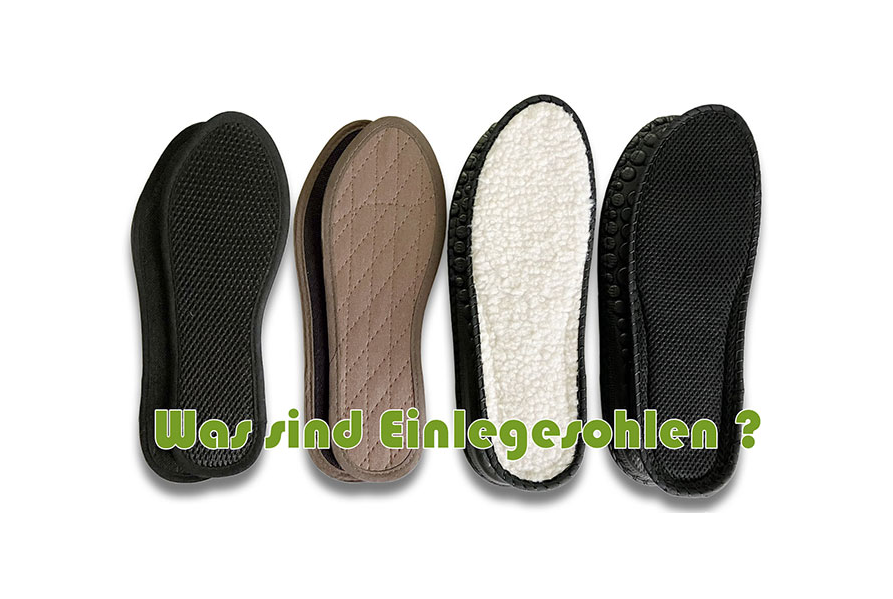
Everything you need to know about shoe insoles can now be read in our new blog article.
Are your shoes too big or is the sole too hard? Perhaps your feet are often cold or you sweat a lot? Do your shoes have a very unpleasant smell? Do you often get blisters during sports or long hikes? Then it's time to consider insoles. We can help.
What exactly are insoles and what do they do?
Shoe inserts are a general term for the part of the shoe located at the bottom of the inside of the shoe. In other words, they are the part of the shoe on which the sole of your foot rests. Insoles for shoes. Insoles are often also called footbeds or insoles. In some cases, insoles are attached to the shoes. In other cases, the insoles are removable.
While shoe inserts don't physically make the shoe smaller, they fill the empty space between your feet inside the shoe. Insoles are also a great way to keep shoes fresh, as they can be removed and cleaned. They can also be used with toe inserts if the shoes are too big, providing additional support.
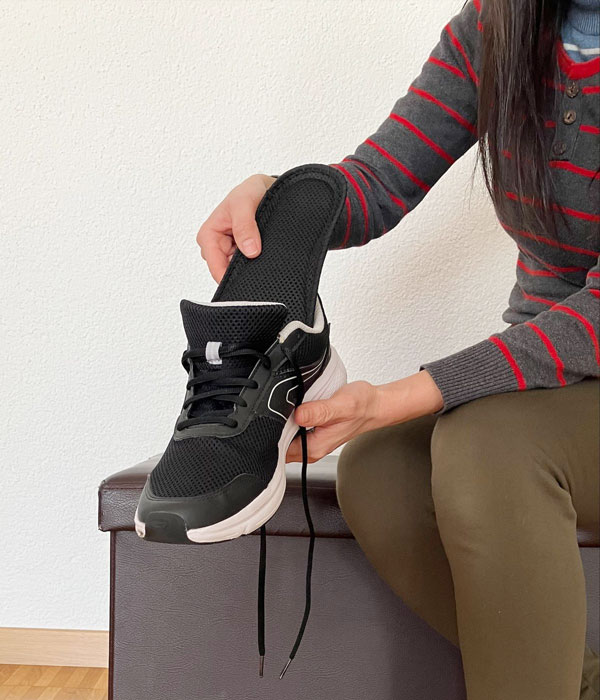
Which insoles should you use if your shoes are too big?
If your athletic shoes, low shoes, boots, hiking boots, or ski boots are just a tad too big for you, we recommend our classic cinnamon insoles, which you can place over your existing insoles. If your shoes are almost a size too big for you, we recommend our 3D Soft insoles, which are slightly thicker than the classic cinnamon insoles. For athletic shoes, we recommend our newly developed sport insoles. For ski boots, we also recommend sport insoles or our winter insoles, which are super comfortable and warm.
With or without arch support
There are insoles that you can easily place on the footbed of your shoes, such as our classic cinnamon insoles. These are designed so that you can simply place the insoles inside your shoes, on top of the existing insole.
Alternatively, there are also insoles that you can completely replace. You remove the existing, usually very thin and inexpensive insoles from the manufacturer and then insert the new insoles into your shoes. These insoles usually offer better arch support and more cushioning, such as our new cinnamon sports insoles or our thermal insoles.
Our classic cinnamon insoles for shoes / Our insoles with arch support:
Fhat are shoe inserts good for?
One of the most common reasons for choosing insoles is that they make your shoes fit better and fill the space between them. But insoles can do much more!:
A better fit: Standard shoe sizes can vary greatly depending on the manufacturer, and it can often be difficult to find a half size. Sometimes it's best to choose a shoe that's slightly too big and then add an insole to reduce the space inside the shoe and create a tighter fit. The best insole for shoes that are too big depends on your personal preference. You can always layer several different insoles on top of each other to provide additional cushioning.
Additional warmth: Insoles not only make your shoes fit better but also keep your feet feeling warmer. Add an extra layer to help insulate your feet in colder weather. It's best to place our cinnamon heat insoles in your shoes to keep your feet comfortably warm and smelling good.
Foot sweat and foot odor: Cinnamon insoles naturally reduce sweat and foot odor. The cinnamon has antibacterial and temperature-regulating properties, keeping your feet cool in the summer and warm in the winter.
Blisters Prevention: Insoles can also help prevent and prevent blisters. If the shoe fits your feet perfectly and is no longer too loose, there is no friction or irritation that can cause blisters. In addition, cinnamon, as in our cinnamon insoles, can prevent blisters from forming.
Improved Posture: Insoles can also be used to correct posture problems. These types of shoe inserts are specialized and are called orthotics or orthopedic insoles. They can be custom-made to appropriately treat specific problems that affect standing, walking, or running, and to provide arch support where needed.
Freshness in summer and warmth in winter! Our new barefoot insoles made of coconut and terry cloth / Our new warming insoles with cinnamon:
What are shoe insoles made of?
Shoe insoles are available in a variety of materials, each with its own advantages and disadvantages. These include:
Foam insoles: The most common, affordable, and widely used material is foam. Foam is naturally shock-absorbing, flexible, and always reliable. However, it can wear out quickly.
Cotton: As with our classic cinnamon insoles, cotton is very skin-friendly and breathable. Beneath the cotton lies a layer of premium cinnamon, a cellulose core (100% natural), a soft midsole, and a non-slip fleece.
Mesh: The mesh fabric, as with our 3D cinnamon shoe insoles and sports insoles, is three-dimensionally structured and woven with different thread thicknesses. This gives our 3D cinnamon insoles an extremely soft and airy feel. As with our classic cinnamon insoles, our 3D and sports insoles also have a layer of cinnamon under the footbed. Our 3D Cinnamon insoles feature a natural cellulose core, a soft midsole, and a non-slip fleece for shock absorption. Our sports insoles feature highly elastic EVA and a layer of EVA foam to make you feel like you're walking on clouds.
Memory foam insoles: These are perfectly adapted to the shape of your foot, making them very comfortable to wear and more durable.
Gel insoles: These are a smart investment for heels that are too large, as they increase support, prevent slipping, and relieve pain—especially in the ball of the foot.
Air-cushioned insoles: These provide maximum comfort and cushioning. Air-cushioned insoles contain pressurized air bubbles in a supportive foam sole, thus extending the lifespan of your shoes.
How do I choose the right insole?
Unless you need a special orthotic insole, choosing the best insole for you depends on the reason you're looking for shoe insoles. Is it to improve the fit? To keep your feet dry and sweat-free? To pamper yourself with a delicate fragrance? To keep your feet warm?
If your heel slips or the heels of your shoes rub, you may be able to solve the problem with a simple gel heel grip. However, if that doesn't do the trick, half-insoles could help. They are specifically designed to support the heel but don't offer any forefoot support.
If your shoe has too much room, try a full-sole insole for maximum support and comfort. Just choose the insole size that matches your shoe size.
If your balls of your feet burn or hurt, especially when wearing high heels, a ball of foot cushion can provide additional comfort by relieving pressure on the metatarsal bones. These pads are also smaller than a full insole, so they fit perfectly into narrower heels or tight-fitting shoes while relieving pressure on your feet.
If your heels are too high, toe inserts can be a welcome addition, providing support at the front of the shoe.
How do I care for my insoles?
Caring for your insoles can extend their lifespan and, in turn, the lifespan of your shoes.
Remove the insoles from your shoes occasionally to allow them to dry. If you have insoles in your everyday shoes, they can easily sweat, and moisture can build up inside. Therefore, remove them from time to time to allow them to breathe.
Insoles can help you overcome a number of comfort and posture problems. They're always handy, as they help with many things. Don't throw away shoes that are a little too big before trying an insole. We offer high-quality, natural insoles for fragrant feet, plenty of warmth, for sports, or comfortable everyday walking.








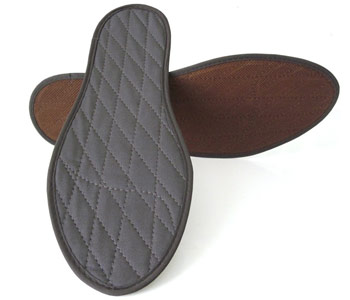

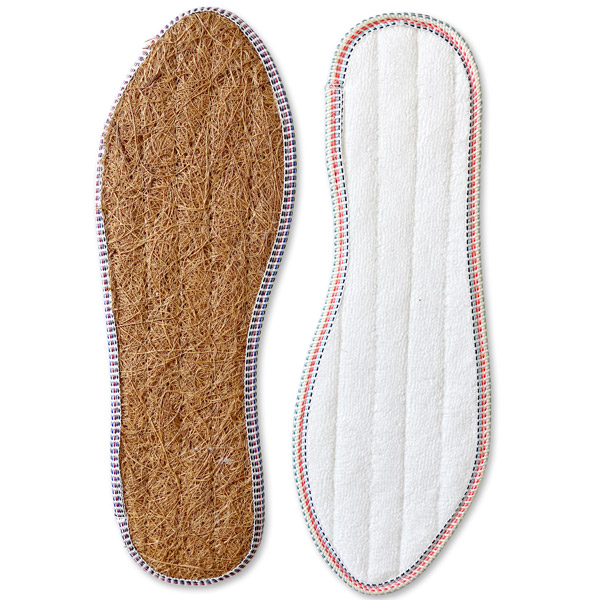
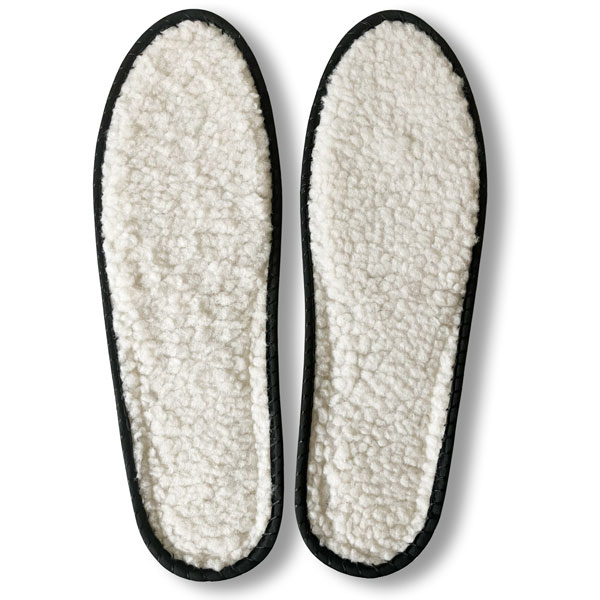
Comments
Leave your comment